





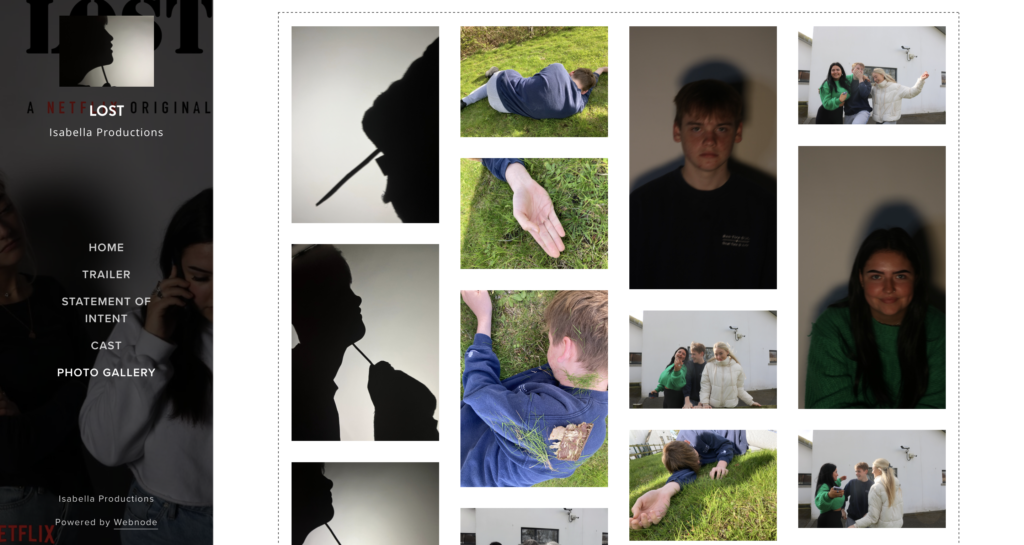
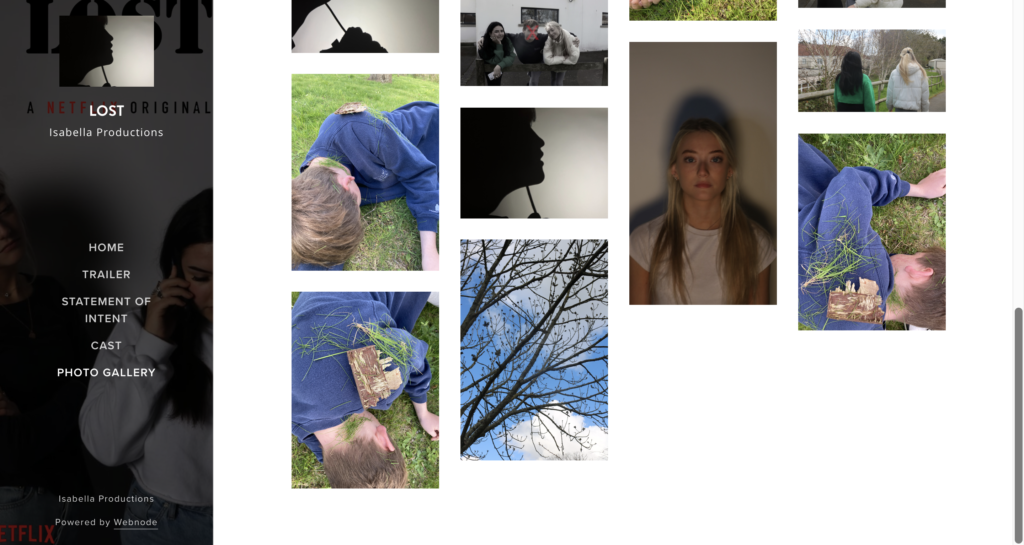










Within my regulation practical work, I intend to create two posters and a billboard photo to support the “Stop body shaming” campaign. I chose to base my practical work on body shaming because I feel that society and the media have become obsessed with ‘perfect’ bodies, specifically woman’s bodies. This campaign relates to the issue of young peoples mental health and the mental feeling that they require to change themselves to become ‘their perfect selves’ and gain attention whether that’s sexual or public attraction. This project will focus on young people such as teenagers within the age group of 14-19 years of age. The reason I chose this age group and target audience is due to the demand of young people being ‘expected’ to look like runway models. On top of that I feel that teenagers have a significant amount of insecurities and doubts that both women and men have from hurtful comments on their physique, as well as the need to edit their instagram posts to achieve likes and comments. My work will be highly based around women due to the larger percentage of the population being female that go through body shame the most.
I intend to create a poster, magazine cover and a billboard relating to body shaming, I will do this by using photoshop and inspiration from below. For my poster, I aim to create a female body outline, specifically from the neck to the waist, using comments and insults that women and even men may have been confronted with. I will then, either at the top or bottom use the phrase “Words do not define who you are” with the hashtag ‘#StopBodyShaming’ in the bottom left or right or the top left or right. The colours I will use in my first poster will be cyber grape (a shade of purple) with a gradient of a heavenly pink (a shade of pink) and white. The purple will be used for the background of the poster, the light pink will be for the ribbon around the waist to symbolise women being sexualised and the white will be used for the text. To add texture to my poster I will add a drop shadow to the two ellipse on the breasts to create a zoomed in effect, as well as using a gradient on the left hand text to create a shadow, so the ‘picture’ is seen from an angle.
For my magazine cover I intend to do a model magazine cover to express that all sizes of women are equal and should feel confident in their bodies without feeling ashamed by the media. My cover will outline positivity for those hidden affects of body shaming such as being anxious to show off ones body or think less of themselves due to their shape. I will achieve this by placing two outlines of two different body shapes in the centre of my A4 page. The women will be sized to slightly cover the title of the magazine, which will be called “BE YOU – THE POSITIVE YOU”. I will then have text around the bodies, one being just between their heads – “SIZE 18 & 0 FASHION MODELS” and others around the lower part of the bodies. These will aim to focus on positivity for women. My text colour will be white or a slight brown, and my background will be a blue circular gradient. I chose these colours because I feel that a baby blue represents calmness and serenity and I believe those feelings are what women should feel when posting themselves on the Internet. I also chose white for my text as I believe it represents purity. At the bottom right or left of my cover I will have the hashtag #StopBodyShaming to show that the cover is made or sponsored by the campaign.
For my billboard, I intend to represent body shame through the positivity side of the campaign. I will complete this with filling the background in a light pink (shade of heavenly pink) with five clipart clouds located at the top of my picture. Following this I will have the text “No matter the body, you’re always bikini bod ready!” in the font size 30 to 40 to show the large fonts on billboards as well as the campaign hashtag ‘#StopBodyShaming’. Below the text I will edit six female silhouettes and fill each one in with a different skin tone using the paint bucket tool to show equality in races as well as making sure each female has a different body shape to represent my campaign and the belief that no woman should be judged by the shape of their body.
Finished Products:



Inspiration for my poster, magazine cover and my billboard:
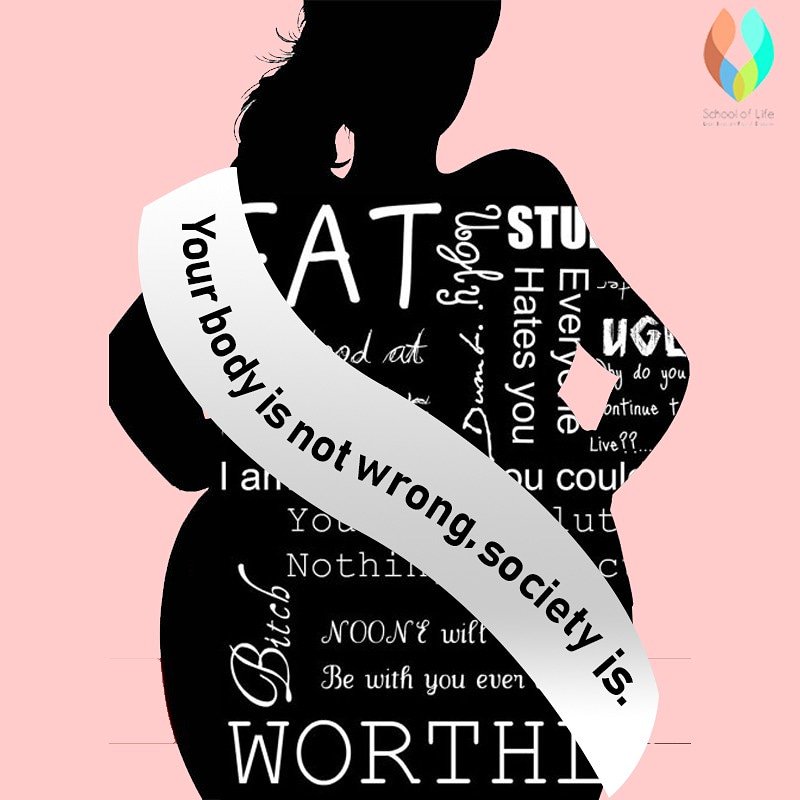




I intend to make a campaign about protecting young children / teenagers on the internet and awareness of child exploitation that happens online making them vulnerable on it. I will be creating 3 posters all A4 and can also be accessible online as an advert. The target audience for this campaign can be for everyone but its mainly for parent who are worried about their children using social media or the internet, also the campaign spreads awareness to those young children / teenagers before its to late.
For my first poster I will use photoshop to design it. On the poster it will include a cartoon computer and on the screen is a dark figure with red eyes making it look evil. The background will be a dark bedroom with a chair and desk with the computer on top of it, and a young girl / boys head will be facing the computer. The Fonts will be big and bold using the colours red and white. The Text will say “Would you let your child chat to a monster?” implying the monster is the stranger online.
For my second poster I will
some examples:

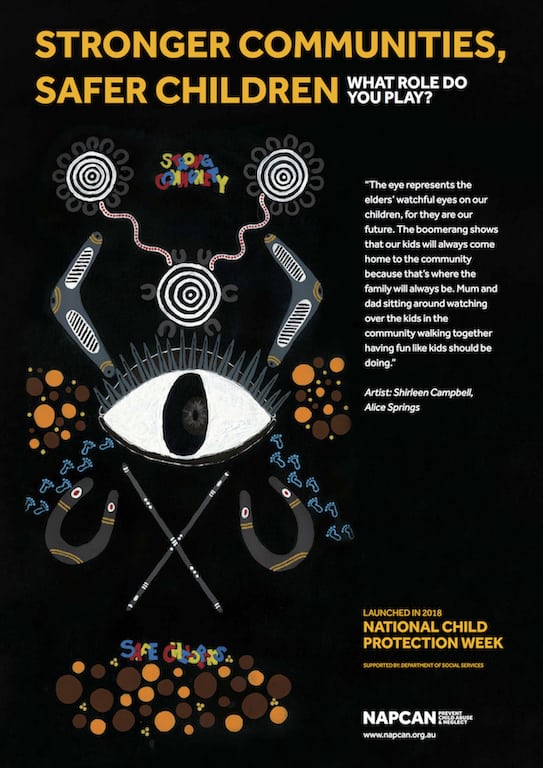
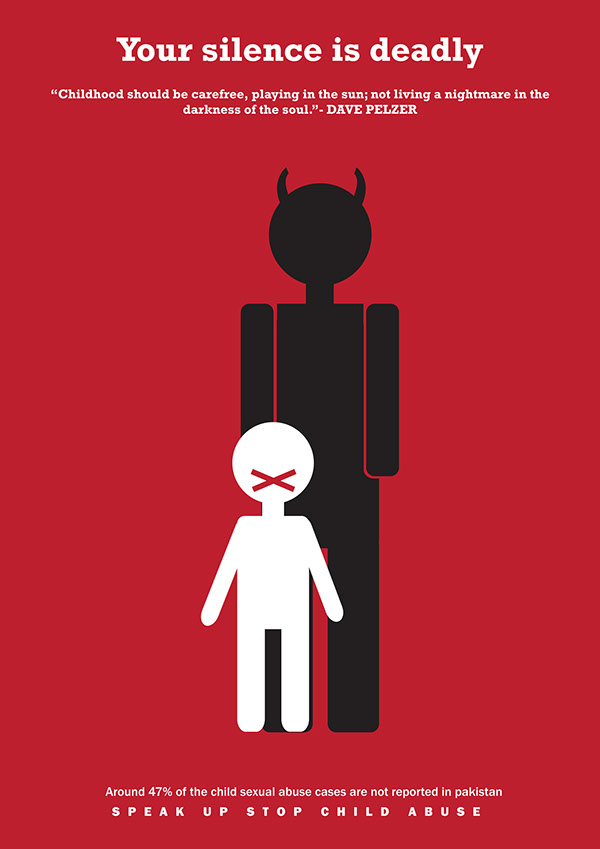
Constance Mary Whitehouse was an English teacher and conservative activist. She campaigned against social liberalism and the mainstream British media, both of which she accused of encouraging a more permissive society. She was the founder and first president of the National Viewers’ and Listeners’ Association, through which she led a longstanding campaign against the BBC. A hardline social conservative, she was disparagingly termed a reactionary by her socially liberal opponents. Her motivation derived from her traditional Christian beliefs. She was Christian fundamentalist who spoke against child exploitation
The Mary Whitehouse story documentary was banned because it exposed footage of the members of the P.I.E and shocked viewers
A permissive society, also referred to as permissive culture, is a society in which some social norms become increasingly liberal
A British teacher and conservative activist.
She campaigned against social liberalism and the mainstream British media, both of which she accused of encouraging a more permissive society.
Show regulated and still on display on today by media watch UK.



I intend to make a campaign about women’s rights and choices on abortion. My first campaign will be a poster which could be seen around public areas and large cities such as billboards or flyers. I am going to create my poster on photoshop and I intend to make it similar to one of the 3 pictures I have seen as I like the way it is set. My campaign is libertarian as it is about peoples own choices and rights. On my second campaign, I am going to create another poster which will have the international safe abortion day in the bottom left. My third campaign is going to be a banner which I am going to create on photoshop which could be seen around public areas.
A ‘permissive society’ is one in which liberal behaviour becomes more accepted – particularly with regard to sexual freedoms. One of the most famous examples is that of 1960s Britain, where being ‘deviant’ gained new meaning.
A permissive society, also referred to as permissive culture, is a society in which some social norms become increasingly liberal
A British teacher and conservative activist.
She campaigned against social liberalism and the mainstream British media, both of which she accused of encouraging a more permissive society.
Show regulated and still on display on today by media watch UK